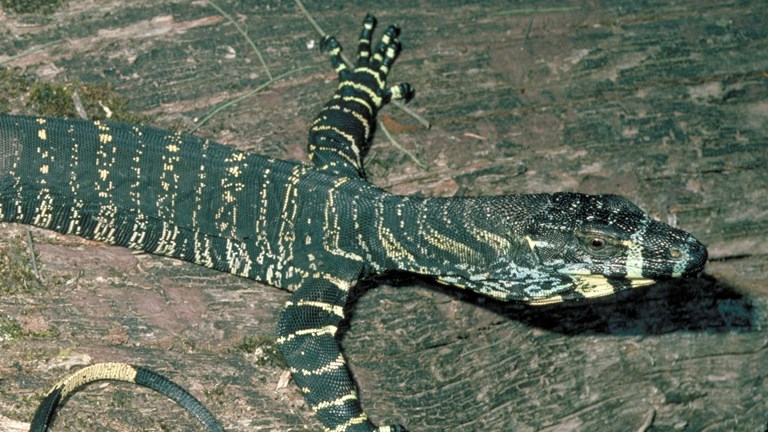
Tree Goanna
Varanus varius
Anthochaera phrygia
Reports from around 1900 describe immense flocks of Regent Honeyeaters from Brisbane to Adelaide. By 1950, Regent Honeyeater populations had plummeted.
Today there are just 1500 birds and 3 breeding populations left. It is thought that significant habitat loss through logging, degradation and fragmentation is partly to blame, but Regent Honeyeaters have also been outcompeted by more aggressive honeyeaters such as Red Wattlebirds and Noisy Miners, which are better able to adapt to disturbed habitats. There is a captive breeding and release program underway to help this endangered species.
Regent Honeyeaters
Regent Honeyeaters live in temperate woodlands and open forest where trees are flowering.
Regent Honeyeaters are black birds with beautiful markings of lemon-yellow and white on the edges of their feathers and beneath their tails. Around their eyes is a patch of bare, warty, pink skin. Like other honeyeaters, they have brush-tipped tongues to collect nectar from flowers. They feed upon eucalyptus and mistletoe flowers, preferring Red Ironbark, White Box, Yellow Box and Yellow Gum. Nectar is high in sugar but low in other nutrients, so Regent Honeyeaters supplement their diet with insects called lerps.
These birds are elusive and difficult to track. Their distribution is patchy, and they may appear suddenly in areas where they have not been seen for years. They can fly long distances to follow the flowering of favoured plant species, but generally move north in autumn and winter.
Regent Honeyeaters make a quiet, flute-like, metallic ringing call. When several birds congregate in a feeding tree, they squabble among themselves, bobbing and stretching their heads.
The breeding season is from September to January. Females build a cup-shaped nest from tree bark lined with soft grass, mammal hair and shredded bark. They incubate a clutch of 2–3 eggs for about two weeks while males stand guard nearby. When the eggs hatch, both parents feed the chicks in the nest for another fortnight.

Varanus varius
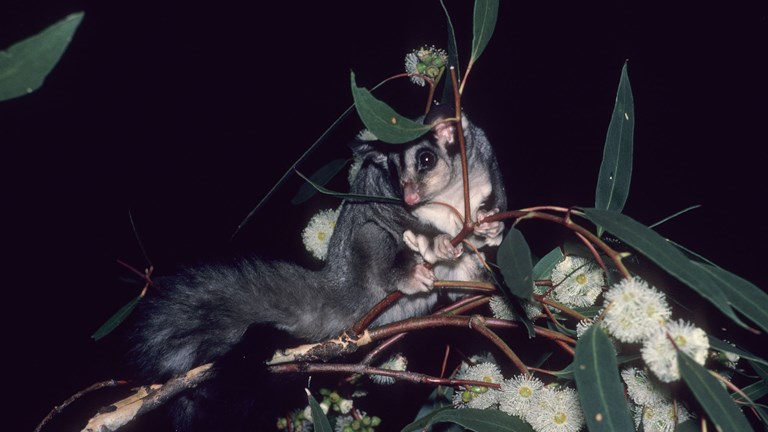
Petaurus norfolcensis
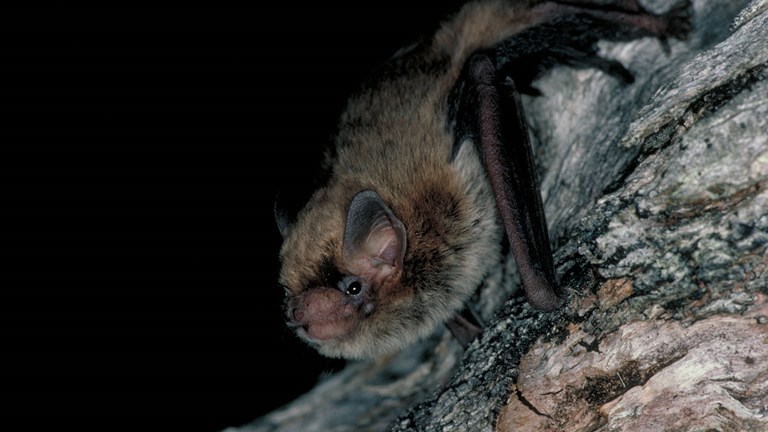
Vespadelus vulturnus
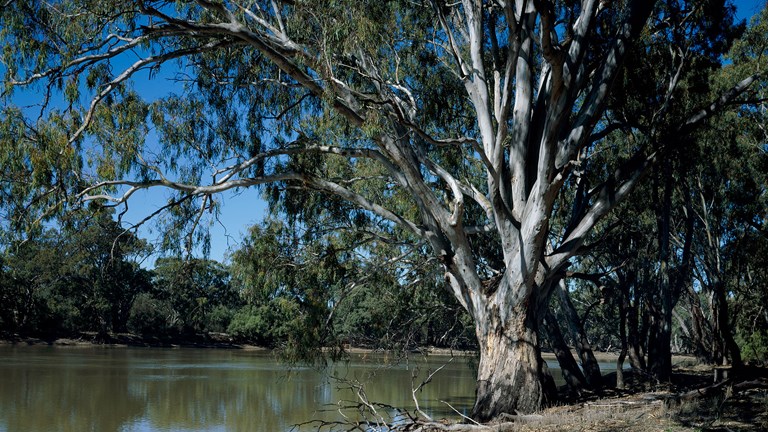
There are many types of dry forests in Victoria including stringybark, red gum, grassy woodlands and the remnants of the once great box–ironbark forests.
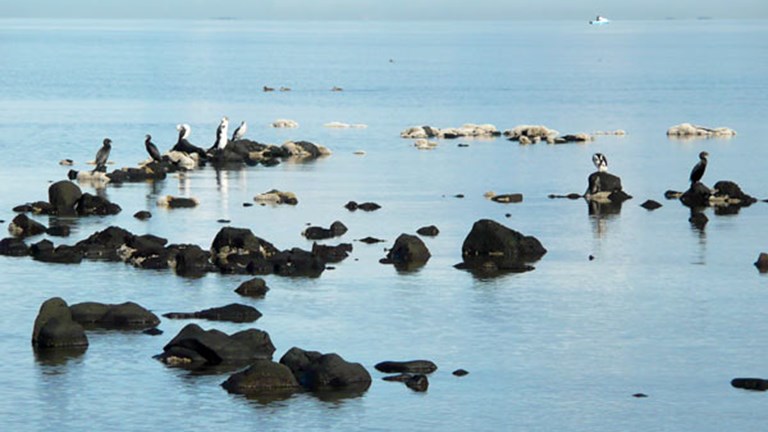
Victoria’s coastal wetlands are significant places for wildlife, with many listed in international conventions to protect the habitat of migratory birds.
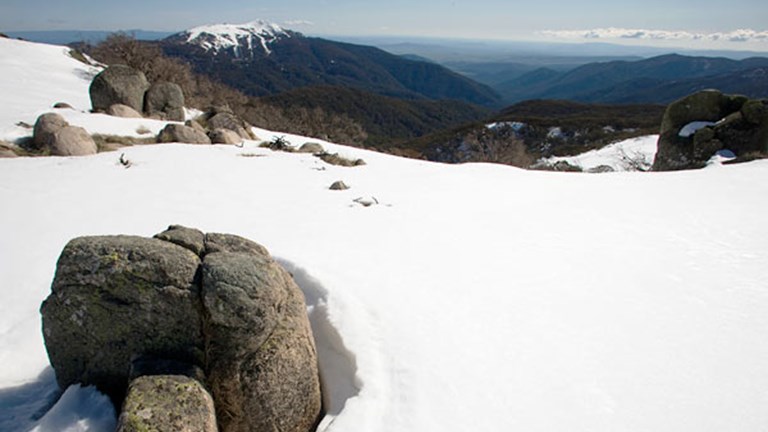
The Victorian Alps extend from the plateaus of Lake Mountain and Mt Baw Baw to peaks such as Mt Feathertop and the headwaters of the Murray River.
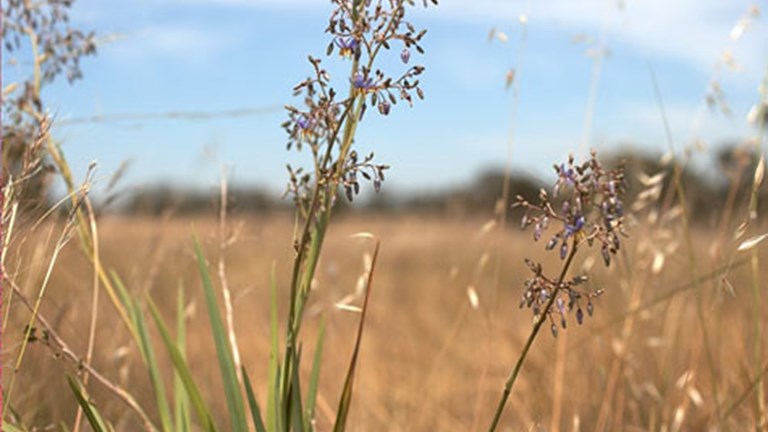
When the first Europeans arrived in Victoria there were grasslands on the vast, undulating western plains, on the northern plains and in Gippsland.
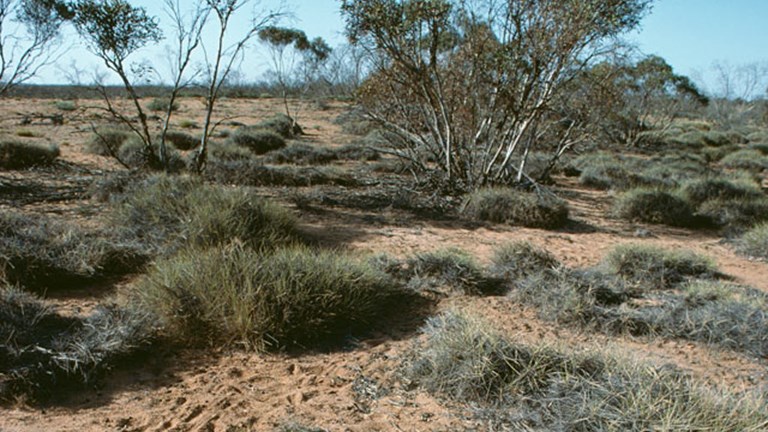
The Victorian Mallee in the north-western corner of the state has a mosaic of vegetation types adapted to low rainfall and sandy soils.
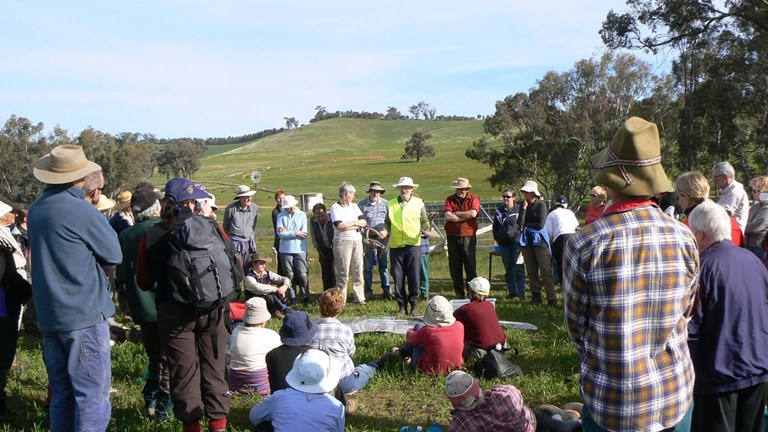
Find out about the issues affecting our special places and the plants and animals that live in them, and discover some ways you can help.
Museums Victoria acknowledges the Wurundjeri Woi Wurrung and Boon Wurrung Bunurong peoples of the eastern Kulin Nations where we work, and First Peoples across Victoria and Australia.
First Peoples are advised that this site may contain voices, images, and names of people now passed and content of cultural significance.